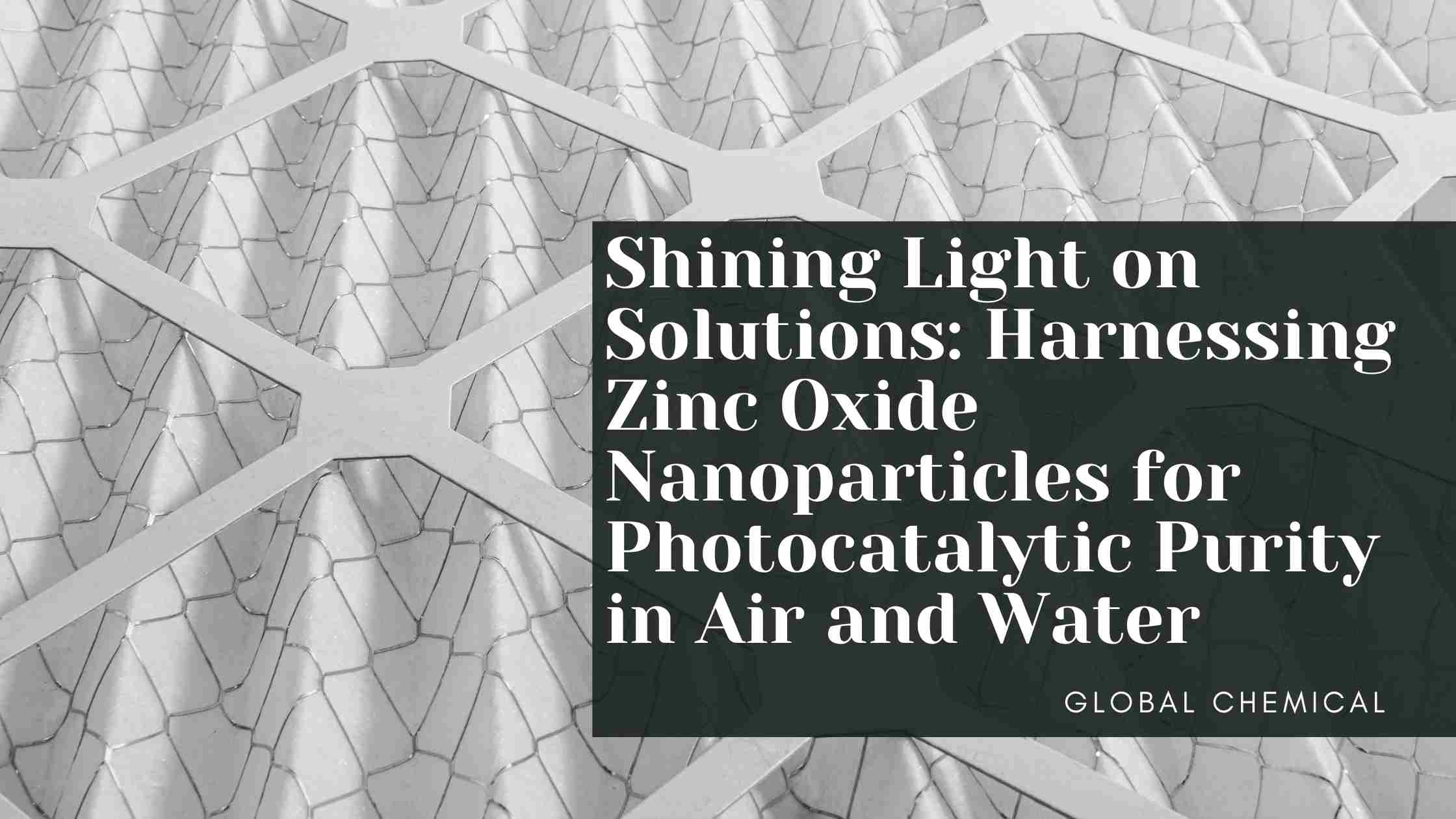
Introduction
In a world increasingly grappling with environmental challenges, the quest for innovative solutions has become paramount. One shining light in this endeavor is the realm of photocatalysis, a process that utilizes the power of light to drive chemical reactions. At the forefront of this green revolution are zinc oxide nanoparticles, demonstrating remarkable prowess in degrading organic pollutants and bacteria when exposed to UV light. In this blog, we will delve into the world of photocatalysis and explore how zinc oxide nanoparticles are emerging as powerful agents for purifying both air and water.
I. Understanding Photocatalysis
Photocatalysis is a groundbreaking process that harnesses the energy of light to catalyze chemical reactions. In the context of environmental applications, this means using light to break down and neutralize pollutants. The magic happens at the nanoscale, where particles like zinc oxide become catalysts, triggering reactions that lead to the degradation of harmful substances.
II. Zinc Oxide Nanoparticles: A Pioneering Player
Zinc oxide nanoparticles take center stage in the photocatalytic drama. Their semiconductor nature makes them excellent catalysts for these reactions. Under the influence of UV light, zinc oxide nanoparticles exhibit remarkable stability and efficiency, making them ideal candidates for photocatalytic applications.
III. Air Purification: Clearing the Atmosphere
In the realm of air purification, zinc oxide nanoparticles prove to be invaluable. These tiny particles have the ability to break down volatile organic compounds (VOCs), which are common air pollutants emitted by various industrial processes and household items. Additionally, they can target airborne pathogens, contributing to improved indoor air quality. Real-world applications range from air purifiers in homes to innovative HVAC systems in large industrial complexes.
IV. Water Purification: Nurturing Clean Aquatic Ecosystems
Zinc oxide nanoparticles extend their purifying prowess to water. In water purification processes, these nanoparticles effectively eliminate contaminants ranging from bacteria to organic pollutants. This has significant implications for both human consumption and environmental conservation, as cleaner water supports healthier ecosystems and sustains life.
V. Advantages and Challenges
The advantages of using zinc oxide nanoparticles in photocatalysis are evident – they offer an environmentally friendly and efficient means of tackling pollution. However, like any technology, challenges exist. Scalability and potential environmental impact are considerations being actively addressed by researchers. Ongoing innovations aim to optimize these processes for broader and more impactful implementation.
VI. Future Prospects: A Bright Horizon
The future of zinc oxide photocatalysis looks promising. Researchers are exploring advanced materials, tweaking the photocatalytic process for greater efficiency, and seeking new applications. Emerging technologies hold the potential to revolutionize the landscape, offering even more sustainable and effective solutions for environmental purification.
Conclusion
As we navigate the complexities of a planet in need, zinc oxide nanoparticles stand as a beacon of hope. In the dance between light and matter, they showcase the potential for a cleaner, healthier future. The applications of zinc oxide in photocatalysis, from air purification to water treatment, underscore the transformative power of science in addressing our environmental challenges. It is a call to action for individuals, industries, and policymakers to embrace these technologies and collectively pave the way for a sustainable and purified world.
